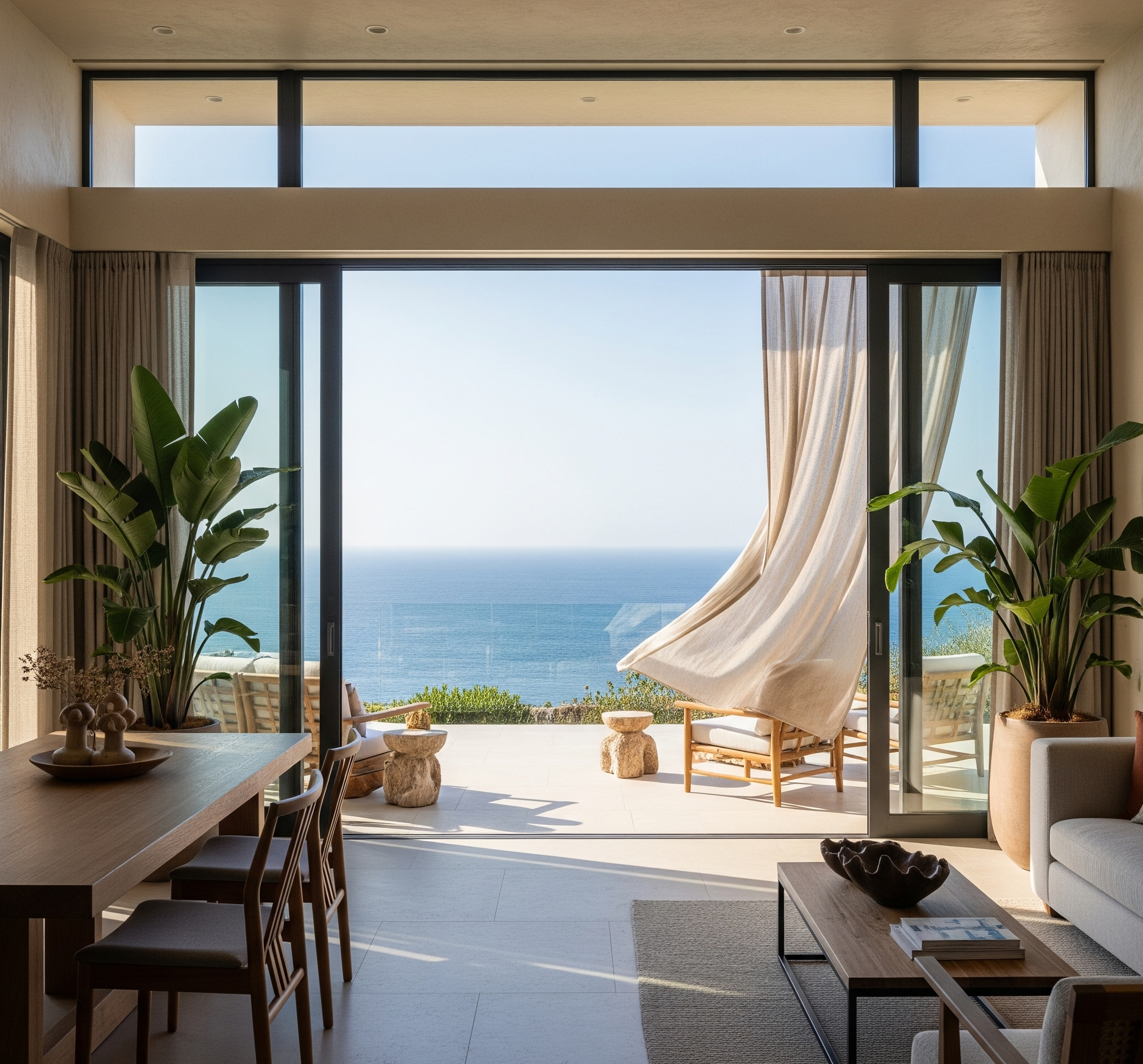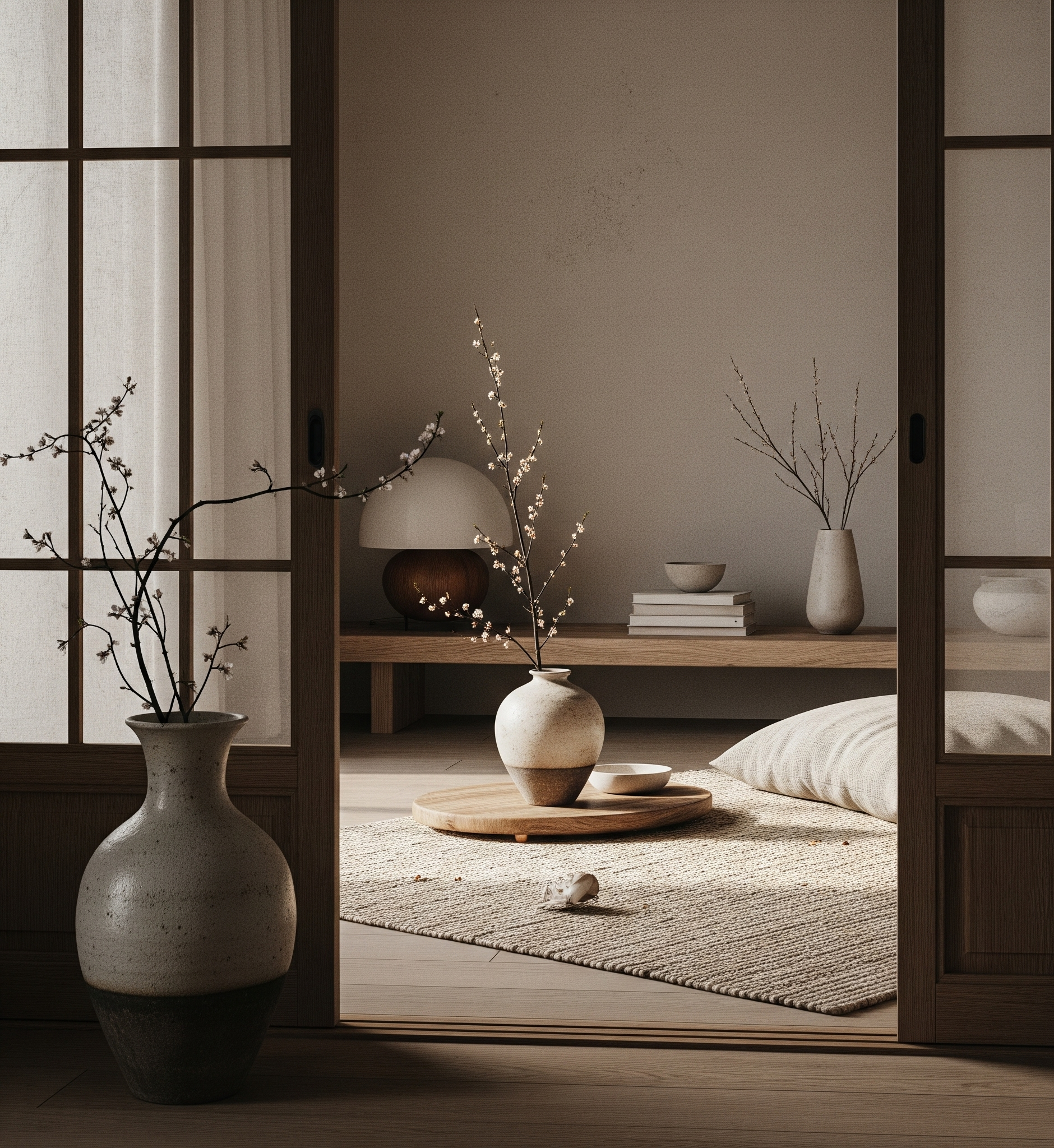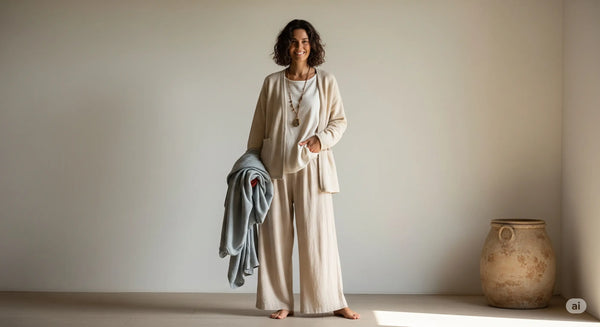Cultivating Your Space
Your home regulates more than comfort. Air quality, light exposure, and noise all influence sleep, mood, and immune function. Natural light boosts vitamin D and circadian rhythm, plants improve air quality, and clear spaces reduce cognitive load. When your surroundings align with your needs, your body rests deeper and your mind works sharper.

The Impact of Environment
The spaces we live in quietly shape our health. Research shows that clutter, noise, and disorganized surroundings elevate stress and reduce focus, while clean, intentional environments support calm, creativity, and recovery. Home is not just shelter. It is a mirror of the mind and body, and creating a space that nurtures you is a form of self-care.

Energy Flow and Design Choices
Sustainable design is less about trends and more about intention. Styles like Minimalism, Scandinavian, and Japandi remind us that simplicity, natural elements, and balance restore clarity. Biophilic design brings nature indoors with greenery, wood, and light, while Zen-inspired layouts emphasize space for pause and reflection. The common thread is flow — rooms that invite movement, light, and calm instead of overwhelm.
Key Practices
Declutter and Refresh
Let in Air and Light
Bring in Nature
Set Boundaries
A sustainable home does not need to be perfect or styled for trends. It needs to be authentic, functional, and kind to your well-being. By curating spaces with intention, you create a refuge that restores energy, protects mental clarity, and strengthens resilience. A home designed for calm and balance becomes not just where you live, but a foundation for how you thrive.


